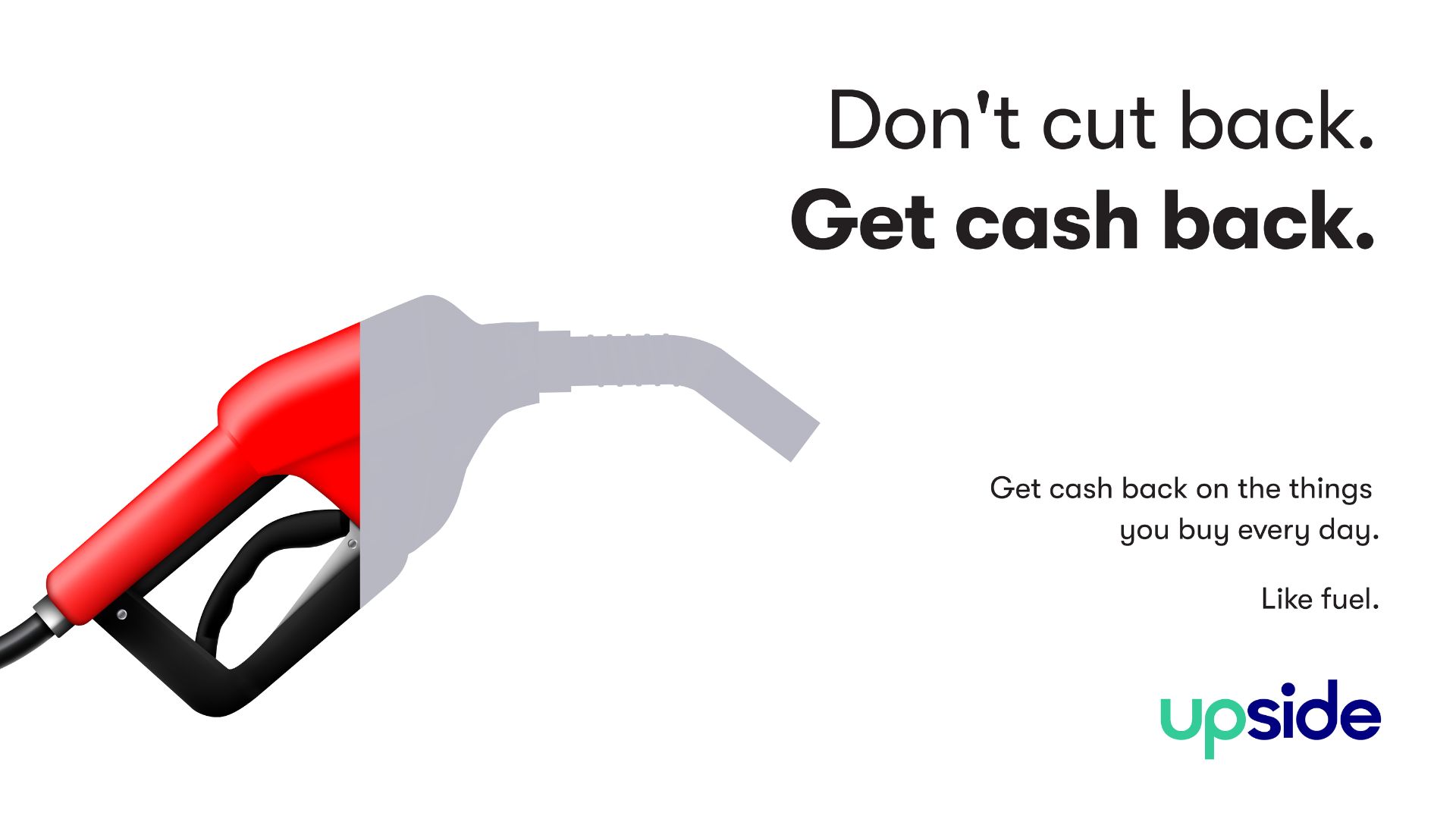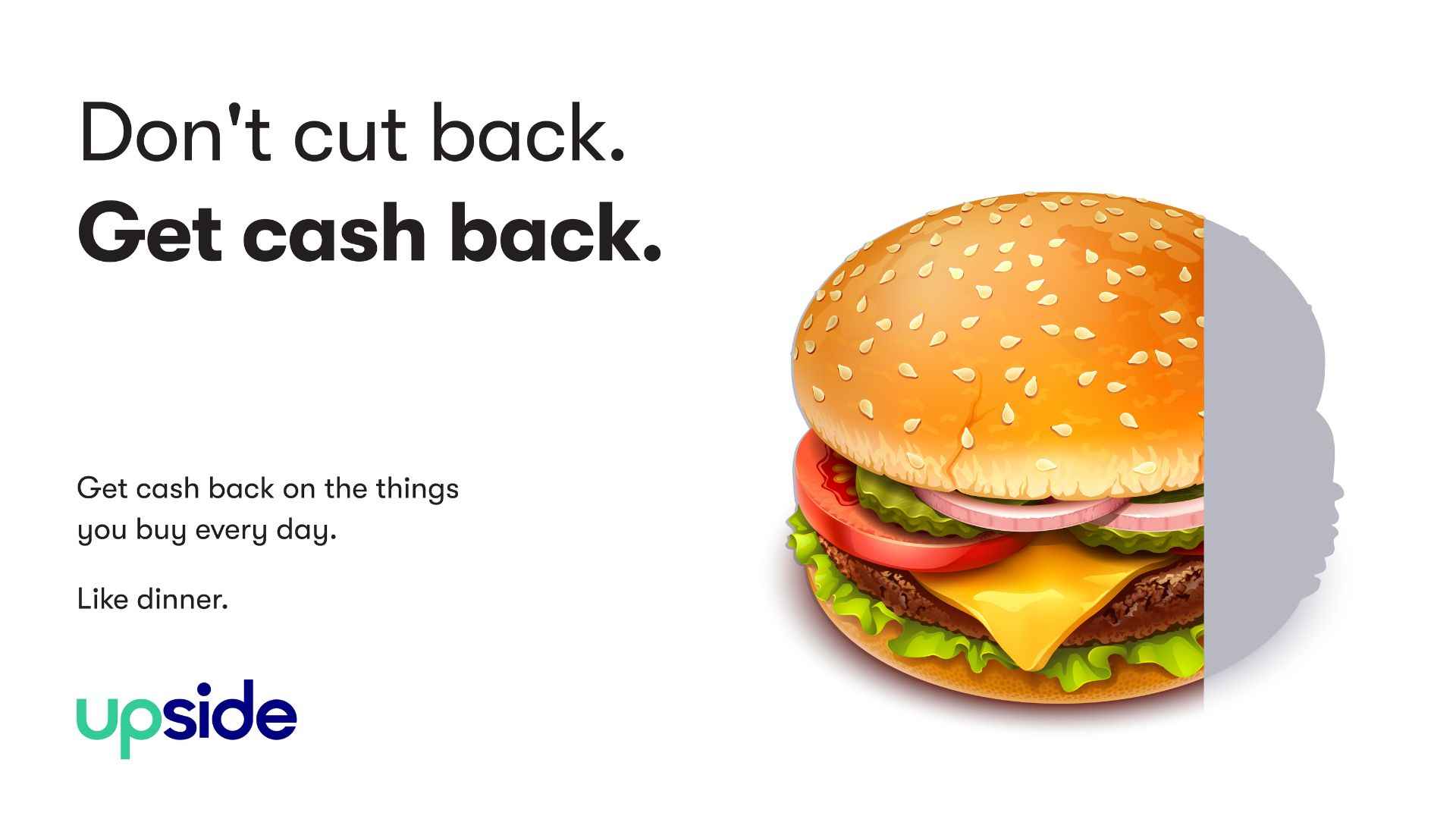| | | | | | | Presented By Upside | | | | Axios Markets | | By Emily Peck and Matt Phillips · Nov 07, 2022 | | ⏰ Happy Monday! It's Emily. Happy to "gain an hour" over the weekend — less thrilled that it'll get taken away again this spring. I'm not alone. - More than two-thirds of Americans want to stop changing the clocks. Your thoughts are always welcome on this — email me — but now it's time to read on.
Today's newsletter is 955 words, 4 minutes. | | | | | | 1 big thing: That homeownership bump |  Data: Urban Institute analysis of ACS data; Map: Jared Whalen/Axios Black and Latino homeownership rates increased significantly from 2019 to 2021, according to new data from the American Community Survey analyzed by the Urban Institute. Why it matters: The increase, highlighted recently in a separate analysis by the Washington Post, comes after years of decline in the wake of the Great Recession, and despite the fact that the economic hardships of COVID fell disproportionately on those groups, Emily writes. - However, the period of progress might have been fleeting. High mortgage rates are now pricing many buyers, particularly first-timers, out of the market.
What happened: Record low mortgage rates and COVID-era government fiscal support drove up homeownership for white buyers, too — but their increase was relatively smaller. - Black homeownership increased two percentage points to 44%, according to data from the ACS. Hispanic homeownership rose 2.5 points to 50.6%.
- White homeownership ticked up 1.2 points to 73.3%.
- The increase was larger for Black and Latino buyers because their homeownership rates were so much lower, to begin with, said Mike Calhoun, the president of the Center for Responsible Lending.
- Age trends played a role, too, notes the Urban Institute: In 2021, Black and Latino Americans' median ages were 35.3 and 30.5, respectively — aka, buying a first home age — compared with 43.9 for white Americans.
Go deeper: Stimulus checks and the student loan payment pause helped folks save for down payments. - "Unaffordable student debt is one of the major obstacles to Black families obtaining homeownership," Calhoun said, noting a survey that found 9% of student loan borrowers put savings from the pause toward buying a home.
- Rising rents also pushed some to act, the Washington Post points out in its analysis.
Meanwhile, other types of pandemic relief — like a forbearance program that allowed a pause on mortgage payments, and expanded unemployment insurance — allowed homeowners to keep their homes. - A higher proportion of Black and Latino families took advantage of these programs, according to data from the Consumer Financial Protection Bureau.
- That's a big change from what happened after the Great Recession when a lot of these folks lost their houses to foreclosure and homeownership rates fell.
- "The difference is truly remarkable," Calhoun said, adding that if such steps hadn't been taken at the outset of the COVID crisis, more than a million people probably would've lost their homes.
Reality check: While the increases in homeownership rates are notable, the racial homeownership gap barely budged. - "Increasing Black and Latino homeownership at these rates would not be enough to close the racial homeownership gap within a promising timeline," said Jung Hyun Choi and Amalie Zinn, the authors of the Urban Institute analysis, in an email.
|     | | | | | | 2. Catch up quick | | 🏥 Walgreens unit near $9 billion deal with Summit Health. (WSJ) ✂ Facebook is preparing for large-scale layoffs this week. (WSJ) 📲 Apple warns of lower iPhone shipments as COVID disrupts plant in China. (Reuters) Meanwhile, Chinese experts fell overall. (FT) |     | | | | | | 3. This year's stock market, the short version |  Data: FactSet; Chart: Axios Visuals The interest rate surge hammered tech stocks this year, while an energy shortage — inflamed by the war in Ukraine — turned oil and gas shares into massive winners, Matt writes. Driving the news: The first week of November was a microcosm of the markets this year, with tech stocks suffering mightily and energy powering ahead. - Last week, the S&P 500 energy sector was the best-performing part of the blue-chip index, climbing 2.4%. (It's the only positive part of the index this year.)
- Tech shares — using the Nasdaq composite as a gauge — were down 5.7% last week.
- Tech-heavy sectors of the S&P 500, like the communications services sector — home to Alphabet and Meta — tumbled 7.4% during the week.
The big picture: Some are framing the divergence in market performance as something of an economic changing of the guard. - A recent report by Goldman Sachs commodities analysts — who've distinguished themselves with some savvy calls on oil prices earlier this year — entitled "The Old Economy Takes its Revenge," spotlighted recent earnings reports from Exxon and Microsoft, in which the oil giant's cash flows overtook Microsoft's.
- They wrote, "In our view, these results are a pivotal moment for the broader economy as high commodity prices cannibalize earnings from other sectors as well as force interest rates higher, lowering valuations."
The kicker: "This past week has shown us how the Old Economy is starting to take its revenge on the New Economy," they wrote. Yes, but: While that could be the case ... plenty of "old economy" sectors like airlines, automobiles, chemicals, metals and mining stocks all remain deep in negative territory this year. - Automobiles and auto part stocks are actually doing worse than tech, down roughly 40%, according to the S&P 500 subindex that follows the industry.
The bottom line: The performance of the markets this year is a more straightforward story of energy stocks simply beating everything else. |     | | | | | | A message from Upside | | How to fight inflation with your everyday spending | | |  | | | | The Upside app pays you back a little from each purchase to help offset rising costs. On average, users earn $148 annually. You can get cash back at: - Gas stations.
- Convenience stores.
- Grocery stores.
- Restaurants.
Take back control of your budget and download the free Upside app. | | | | | | 4. You're probably reading this at home |  Data: Kastle; Chart: Erin Davis/Axios Visuals Mondays are a little less intense in these hybrid times — most office workers start the week by working at home, Emily writes. What's happening: Office occupancy is at its lowest at the beginning and the end of the week, according to data from Kastle, which measures occupancy by looking at foot traffic into offices, pulling data from security swipe cards and key fobs. - Tuesdays and Wednesdays have taken the lead as the most popular days to come in; earlier in the year, it looked like hump day had the edge.
- There's a network effect taking place here: As more employees come in on these days, more coworkers will show up to see them.
Zoom out: Before the pandemic, most office workers came in every day of the week, with a slight dropoff on Friday, according to Kastle. Mondays were a big deal and you definitely showed up. |     | | | | | | A message from Upside | | This app is helping users treat themselves | | |  | | | | Upside is on a mission to make sure that, even during expensive times, people still have a little extra money for a rainy day fund. The free app gets users cash back on: - Gas.
- Groceries.
- Convenience stores.
- Restaurants.
On average, users earn $148 annually. Download the free Upside app to start earning. | | | | Was this email forwarded to you? Sign up here for your daily dose of Axios Markets! 📬 📈 Today's newsletter was edited by Kate Marino and copy edited by Mickey Meece. |  | | Why stop here? Let's go Pro. | | | | | | Axios thanks our partners for supporting our newsletters. If you're interested in advertising, learn more here.
Sponsorship has no influence on editorial content. Axios, 3100 Clarendon Blvd, Arlington VA 22201 | | | You received this email because you signed up for newsletters from Axios.
Change your preferences or unsubscribe here. | | | Was this email forwarded to you?
Sign up now to get Axios in your inbox. | | | | Follow Axios on social media:    | | | | | |







No comments:
Post a Comment